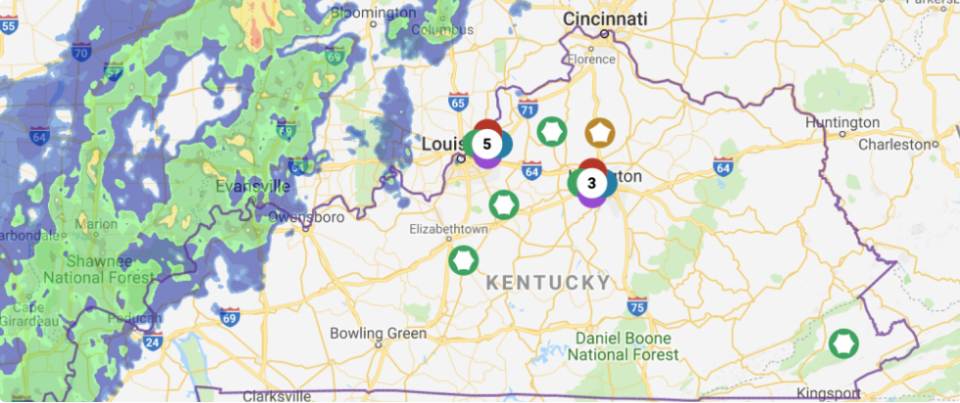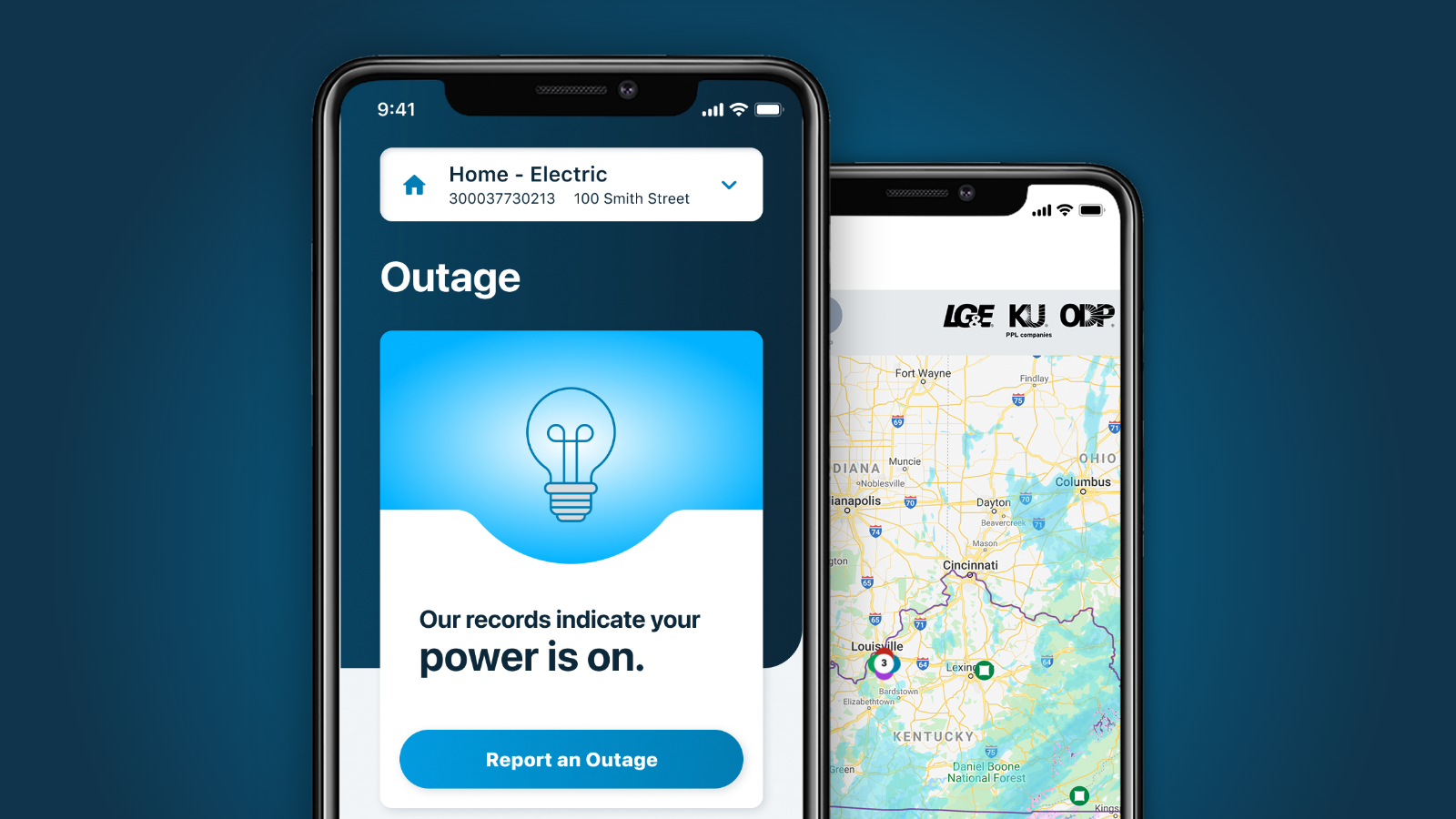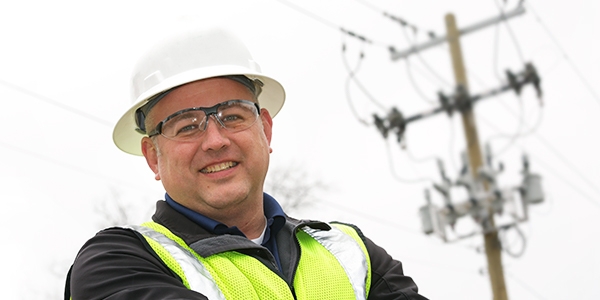When you lose power, you have questions. What happened? What’s being done to restore power? How long is it going to take? Throughout the year in Power Source, our employee experts will answer some of your most frequently asked questions.
While we can’t prevent all outages, ongoing investments in Distribution Automation technology allow us to detect outages sooner, better pinpoint the location, respond more quickly and reroute power around the affected area. That means fewer people are without power and restoration happens sooner.
We are also replacing older transmission equipment – including replacing aging wooden poles with more durable steel poles – and installing new circuit breakers and other components vital to reliable service.
When there is an outage, we often hear from customers wondering how we determine whose power is restored first.
This month’s question:
How do you prioritize the order of power restoration?
“Our number-one priority during any restoration is making sure everyone remains safe. This means protecting you, your family and neighbors, and our crews and contract partners. We do this by first identifying any dangerous conditions, like downed power lines or broken equipment that’s fallen to the ground. When this occurs, you’ll see employees who will stay in the area to make sure it’s safe and keep people away until crews can make repairs.
Next, we restore critical services in our community, like hospitals, fire and police stations, airports and nursing homes. Then, we will restore as many customers as we can as safely and quickly as possible. Sometimes from our control centers, we’re able to reroute power around the impacted section of our system to restore service for customers.
Then, we begin making repairs, which is considered the heavy lifting of the process. We repair critical equipment like transmission lines, substations and distribution equipment next because they may carry electricity to entire neighborhoods and commercial areas.
When we fix a problem that’s affecting large groups of customers, we can restore power for hundreds or even thousands of customers at one time.
Crews then replace broken poles, reconnect downed power lines and replace damaged or broken equipment to restore homes and businesses. For customers still without power, crews then make repairs to the individual power lines and service lines that feed directly to customers’ individual homes and businesses.”
– Jason Jones, manager, Distribution Automation and Resource Planning


